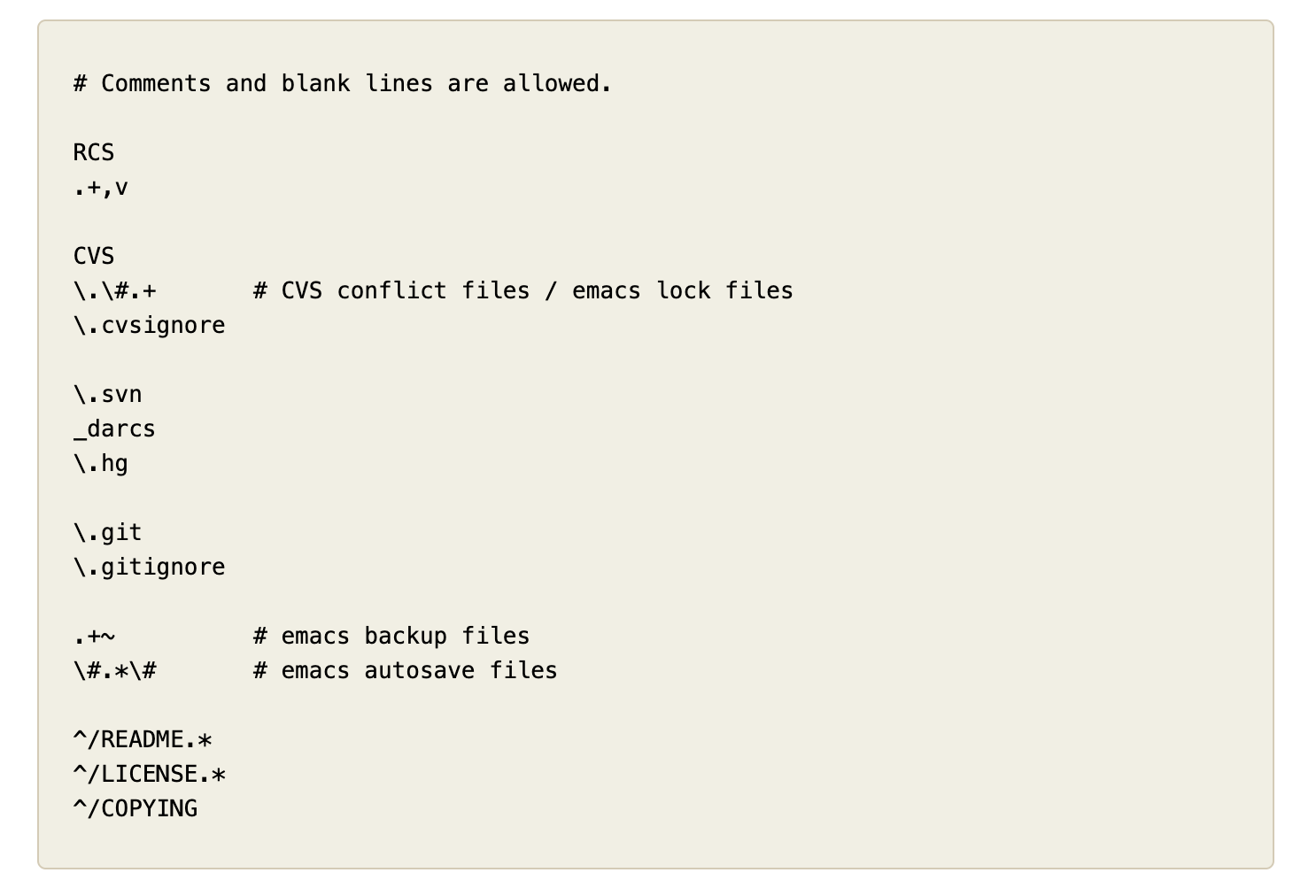How do we manage configuration files like .zshrc, .vimrc, .bashrc, and other dotfiles?
When experimenting with new tools or configurations, you might accidentally break a setup that was working fine before. Do your configurations differ between your work and personal computers? What if your computer crashes—will you have to reinstall and configure everything from scratch?
These issues can be solved using version control. However, since dotfiles are scattered throughout the system, using traditional git version control presents some challenges.

I solved this using GNU Stow.
What is GNU Stow?
GNU Stow is a symlink manager that helps organize and manage dotfiles efficiently. Instead of scattering configuration files across your system, Stow allows you to store them in a single directory and create symbolic links in your HOME directory. This means any changes made to a file in your dotfiles folder will automatically reflect in your system.
Key Features:
- Symlink farm management: Stow helps manage configurations in your HOME directory by creating symlinks from your dotfiles folder.
- Modular organization: Allows you to organize dotfiles into separate modules, making deployment and maintenance easier.
- Non-destructive: Stow won't overwrite existing files, making it safe for your current configuration files.
- Version control friendly: Since files are centralized, it's easier to track changes using git version control.
Stow mirrors your configuration file structure in your HOME directory, ensuring everything stays organized and consistent.
The structure looks like this:
GNU Stow works with packages - subdirectories within your dotfiles folder. Each package mirrors your HOME directory structure:
home/
dotfiles/
zsh/
.zshrc
.config/
zsh/
[...zsh config files]
vim/
.vimrc
.vim/
[...vim files]
bash/
.bashrc
.bash_profile
.bash_logoutLet's explore how to set up and use GNU Stow:
- Install stow If you use MacOS and have homebrew installed, simply run:
brew install stow- Create a new dotfiles directory
mkdir $HOME/dotfiles
cd ~/dotfiles- Create package directories for your configs. We'll start with zsh as an example:
mkdir -p ~/dotfiles/zsh- Move configuration files to the package directory, preserving any subdirectory structure.
For .zshrc (which goes directly in HOME):
mv ~/.zshrc ~/dotfiles/zsh/.zshrcFor files in .config (which goes in HOME/.config):
mkdir -p ~/dotfiles/zsh/.config
mv ~/.config/zsh ~/dotfiles/zsh/.config/- Create symlinks
Navigate to your dotfiles directory and use Stow to create symlinks:
cd ~/dotfiles
stow zshThis creates symlinks from your HOME directory to the files in ~/dotfiles/zsh/
- Verify
Check your HOME directory to see the symlinks:
ls -la ~/ | grep zshrcYou should see something like: .zshrc -> dotfiles/zsh/.zshrc
If successful, your dotfiles directory structure should look like this:

And your HOME directory will have symlinks like this:

- To track your dotfiles with Git:
Using Git ensures that you can track changes, revert mistakes, and sync dotfiles across different machines. To initialize Git and commit your dotfiles:
cd ~/dotfiles
git init
git add .
git commit -m "Initial commit of dotfiles"Tip: You can create additional packages for other tools (vim, tmux, bash, etc.) following the same structure. Then run stow <package-name> for each one, or stow */ to stow all packages at once.
Additional:
Ignoring Files in Stow
By default, Stow ignores version control files like .git. You don’t have to worry about .git being symlinked.
To customize ignored files, create a .stow-local-ignore file and add your rules.
An unmodified stow ignore file looks like this:

If you want to exclude additional files from being symlinked, create a .stow-local-ignore file in the dotfiles directory and list the filenames or patterns you want to ignore.